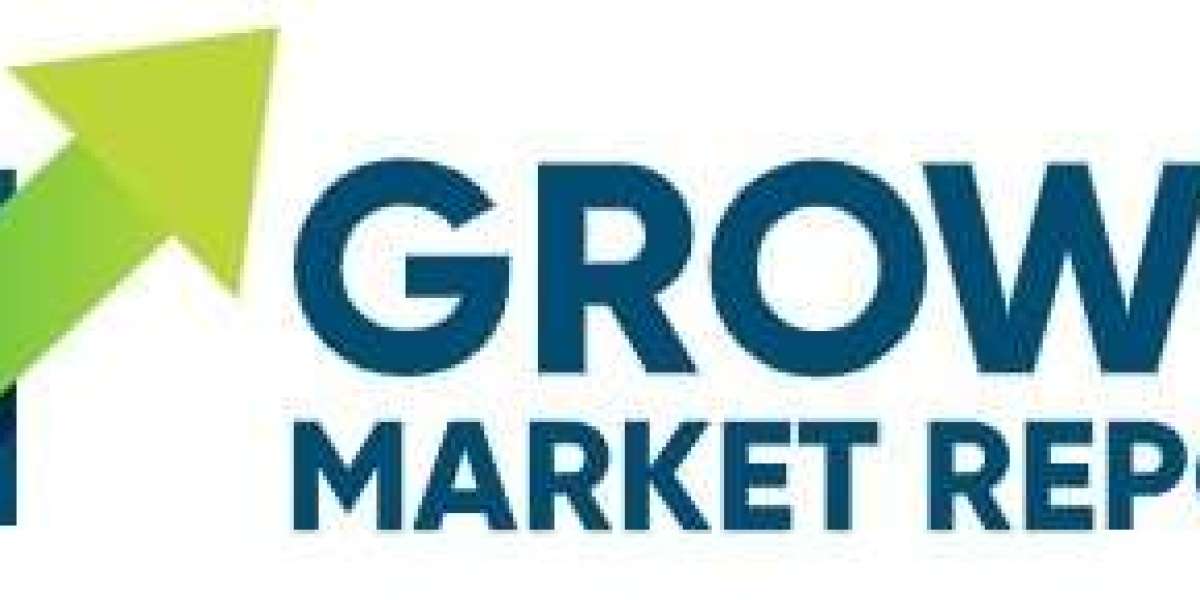The global Hydrogen Refuse Collection Truck Market is witnessing notable growth as cities and municipalities strive to meet sustainability goals through low-emission waste collection solutions. With increasing pressure to decarbonize heavy-duty vehicles and reduce urban air pollution, hydrogen-powered refuse trucks are gaining momentum as an efficient and eco-friendly alternative to conventional diesel trucks.
These trucks combine the long-range and fast refueling capabilities of hydrogen fuel cells with zero-tailpipe emissions, making them ideal for daily waste collection operations. As hydrogen infrastructure expands globally, the market is experiencing a boost in public and private sector investments, paving the way for scalable, clean urban mobility solutions.
According to Growth Market Reports, the Hydrogen Refuse Collection Truck Market was valued at USD XX billion in 2024 and is projected to reach USD XX billion by 2032, growing at a CAGR of XX% during the forecast period. This growth is supported by favorable government policies, emission regulations, and rising environmental awareness across key global economies.
Key Market Drivers
Stringent Emission Standards: Urban pollution regulations are pushing municipalities to phase out diesel-powered refuse vehicles in favor of zero-emission alternatives.
Government Incentives for Green Transportation: Subsidies, grants, and tax benefits are driving the adoption of hydrogen fuel cell vehicles in the public waste sector.
Hydrogen Infrastructure Expansion: Investments in hydrogen production, storage, and refueling infrastructure are improving the viability of large-scale hydrogen fleets.
? https://growthmarketreports.com/request-sample/9442
Market Restraints
High Initial Capital Costs: The cost of hydrogen fuel cell technology and supporting infrastructure remains significantly higher compared to traditional internal combustion engines.
Limited Refueling Networks: The availability of hydrogen refueling stations remains sparse, especially in developing regions, hindering broader deployment.
Operational Complexity: Transitioning existing fleet operations to hydrogen systems requires technical training, retrofitting, and fleet management adaptation.
Emerging Market Opportunities
Smart City Initiatives: Integration of hydrogen trucks into smart waste management systems can support IoT-enabled tracking, route optimization, and data-driven sustainability.
Public-Private Collaborations: Municipalities are increasingly partnering with energy providers and technology innovators to develop clean and efficient waste collection ecosystems.
Regional Expansion in Asia and Europe: Markets such as South Korea, Japan, Germany, and the Netherlands are driving demand for hydrogen-powered refuse vehicles due to strong policy backing and sustainability targets.
Market Trends and Dynamics
The Hydrogen Refuse Collection Truck Market is evolving as part of a broader shift toward low-emission commercial transport. Governments are not only implementing clean fuel mandates but also investing in hydrogen hubs that support fuel production, distribution, and vehicle development. These hubs create a supportive ecosystem for hydrogen mobility, reducing logistical barriers and scaling deployment.
Additionally, municipalities are prioritizing the replacement of aging diesel fleets with fuel cell trucks to achieve climate neutrality goals. As more cities declare carbon neutrality targets, the role of hydrogen in heavy-duty urban vehicles—including refuse collection—is becoming increasingly vital.
Notable Market Trends
Integration with Renewable Energy: Hydrogen production via solar or wind-powered electrolysis is gaining traction, ensuring a cleaner lifecycle for hydrogen fuel.
Standardization of Components: Industry stakeholders are working on standardizing hydrogen tanks, connectors, and fuel cells to reduce costs and improve compatibility.
Increased Focus on Noise Reduction: Hydrogen trucks operate with minimal noise compared to diesel vehicles, making them ideal for early morning or late-night urban operations.
? https://growthmarketreports.com/report/hydrogen-refuse-collection-truck-market
Segmental Insights
By Powertrain Type: Fuel cell electric vehicles (FCEVs) lead the market due to their extended range and rapid refueling benefits over battery-electric alternatives.
By Application: Municipal solid waste collection dominates, with increasing interest in specialized applications like construction debris and hazardous waste handling.
By Region: Europe and Asia-Pacific are leading adoption, supported by aggressive decarbonization goals and public infrastructure initiatives.
Global Outlook and Regional Developments
North America: Focused on pilot projects and scaling up hydrogen infrastructure in urban areas like California and British Columbia.
Europe: Driving forward with hydrogen strategies as part of the EU Green Deal, emphasizing circular economy and waste management modernization.
Asia-Pacific: Spearheading innovation with strong hydrogen policies and large-scale deployment plans, particularly in South Korea, China, and Japan.
Environmental Benefits and Societal Impact
The deployment of hydrogen refuse collection trucks contributes to reduced greenhouse gas emissions, improved air quality, and quieter urban environments. These benefits align with global Sustainable Development Goals (SDGs) and support the transition toward greener cities. Moreover, the push toward clean energy transport fosters job creation in hydrogen production, fuel cell manufacturing, and infrastructure development.
Analogous Market Comparison
Much like the Study Abroad Agency Market, which leverages immersive and sustainable education practices, the hydrogen truck market relies on cutting-edge technology and policy alignment to drive transformation. Both sectors emphasize long-term value, infrastructure development, and sustainability—a reflection of broader global priorities.
? https://growthmarketreports.com/request-for-customization/9442
Future Outlook
The Hydrogen Refuse Collection Truck Market is set to benefit from accelerated investments, international collaboration, and technological breakthroughs. As hydrogen prices fall due to advances in green hydrogen production, the cost gap between hydrogen and diesel vehicles is expected to narrow, promoting mass adoption.
Emerging trends such as autonomous driving, fleet electrification, and connected waste management systems will further enhance the efficiency and appeal of hydrogen-powered refuse trucks. Additionally, advances in solid-state hydrogen storage and lightweight fuel cell systems will improve operational range and payload capacity.
Strategic Recommendations for Stakeholders
Invest in public-private partnerships to expand refueling infrastructure.
Focus on modular and scalable vehicle designs to meet diverse municipal needs.
Collaborate with urban planners and policymakers to align deployment with city sustainability goals.
Monitor regional regulations and funding programs to capitalize on market incentives.
Conclusion
The Hydrogen Refuse Collection Truck Market is emerging as a cornerstone of future-ready urban infrastructure. With global cities racing to reduce their carbon footprints and improve waste collection efficiency, hydrogen-powered refuse vehicles offer a compelling solution that combines environmental performance with operational reliability.
As the market matures, stakeholders who invest in innovation, strategic collaboration, and infrastructure development will be well-positioned to lead the transition toward sustainable, clean, and smart waste management systems.








